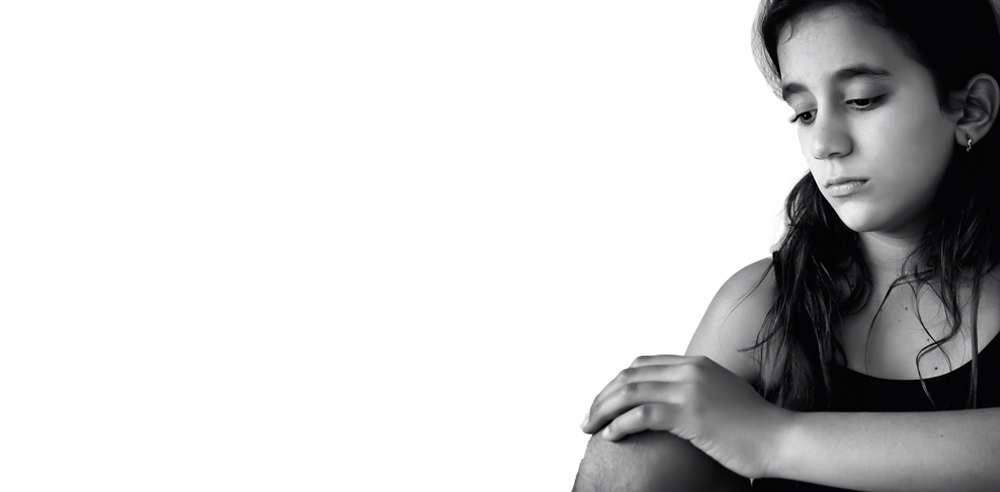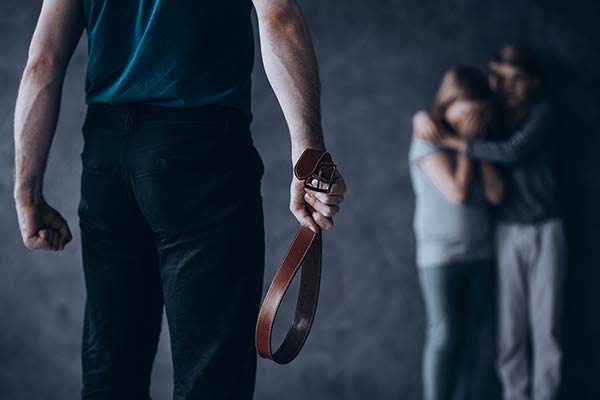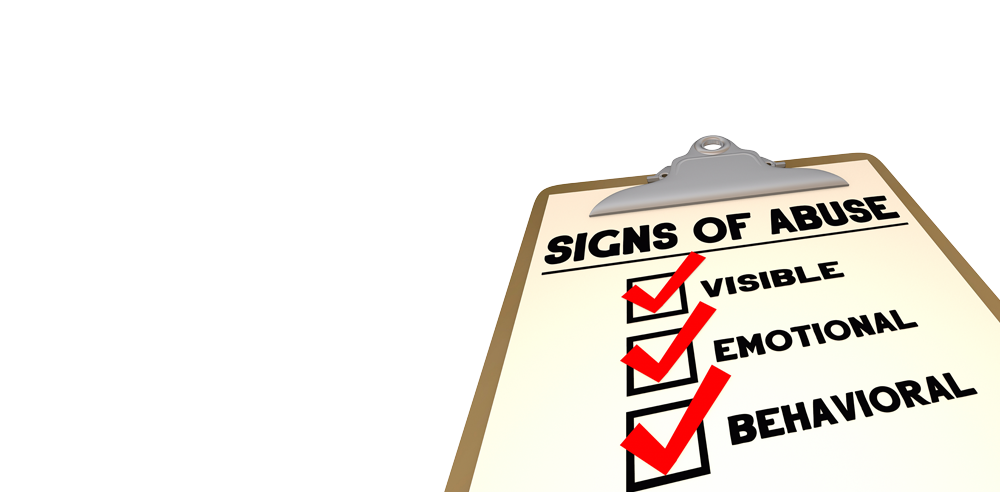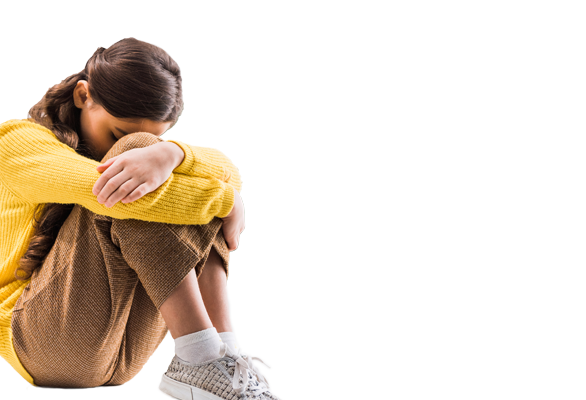What is Child Abuse and Neglect?
Child abuse is defined as a non-accidental injury or pattern of injuries to a child. This includes physical abuse, sexual abuse, and emotional abuse. Child neglect is any serious disregard for a child’s supervision, care, or discipline.
What is Child Abuse and Neglect?
Child abuse is defined as a non-accidental injury or pattern of injuries to a child. This includes physical abuse, sexual abuse, and emotional abuse. Child neglect is any serious disregard for a child’s supervision, care, or discipline.
Did you know?
Child abuse and neglect costs the United State of America $220 million EVERY DAY! This is shocking because this issue is preventable.
Child abuse is the result of a stressful environment interacting with a person ill-equipped to effectively parent or discipline his/her child.
The purposeful injection of our programming to strengthen families and increase the protective factors while decreasing risk factors that will break the generational cycle of child abuse and neglect.
Your donation of time and/or money helps to save the life of a child.
Why Does It Happen?
Child Abuse and Neglect often happens when parents/guardians of children and our society fail to provide the safe and nurturing environments necessary for healthy growth and development of children. Although there are situations where parents/guardians and other people responsible for children have deliberate intentions to harm or neglect a child, most of the time child abuse and neglect happens due to a cycle of trauma that keeps getting generationally repeated in families. Parents/guardians can react negatively to stress, get frustrated and lash out, respond in harmful ways due to financial and relational stressors, lack of problem-solving skills, lack of healthy support systems, lack of child development knowledge, lack of creative discipline skills, set unrealistic expectations of themselves and their children, suffer from mental illnesses that interfere with parenting, and suffer from substance abuse issues that put children at-risk.
Did you know?
Child abuse and neglect costs the United State of America $220 million EVERY DAY! This is shocking because this issue is preventable.
Child abuse is the result of a stressful environment interacting with a person ill-equipped to effectively parent or discipline his/her child.
The purposeful injection of our programming to strengthen families and increase the protective factors while decreasing risk factors that will break the generational cycle of child abuse and neglect.
Your donation of time and/or money helps to save the life of a child.

Why Does It Happen?
Child Abuse and Neglect often happens when parents/guardians of children and our society fail to provide the safe and nurturing environments necessary for healthy growth and development of children. Although there are situations where parents/guardians and other people responsible for children have deliberate intentions to harm or neglect a child, most of the time child abuse and neglect happens due to a cycle of trauma that keeps getting generationally repeated in families. Parents/guardians can react negatively to stress, get frustrated and lash out, respond in harmful ways due to financial and relational stressors, lack of problem-solving skills, lack of healthy support systems, lack of child development knowledge, lack of creative discipline skills, set unrealistic expectations of themselves and their children, suffer from mental illnesses that interfere with parenting, and suffer from substance abuse issues that put children at-risk.
Identifying Child Abuse and Neglect
Abuse is rarely one physical attack or one isolated incident. Often, there is a pattern of behavior occurring over a period of time. A child may find it difficult to tell anyone that the abuse is occurring, but this same child may “act out” to express hurt or anger. Some children who are being abused display no signs. For this reason, it is so important to listen carefully to any child who tells you about an act of abuse. Also be on the lookout for unexplained changes in the behavior of children with whom you have regular contact.


Identifying Child Abuse and Neglect
Abuse is rarely one physical attack or one isolated incident. Often, there is a pattern of behavior occurring over a period of time. A child may find it difficult to tell anyone that the abuse is occurring, but this same child may “act out” to express hurt or anger. Some children who are being abused display no signs. For this reason, it is so important to listen carefully to any child who tells you about an act of abuse. Also be on the lookout for unexplained changes in the behavior of children with whom you have regular contact.

What is Child Abuse and Neglect?
Signs of Possible Physical/Sexual/Emotional Abuse
- Unexplained bruises in various stages of healing
- Self-destructive behaviors
- Welts, human bite marks, bald spots
- Unexplained burns, especially cigarette burns
- Signs of sexual assault/sexually transmitted infections
- Nervous, hyperactive, aggressive, disruptive and destructive behaviors
- Unusually wary of physical contact
- Unduly frightened of parent or caretaker
- Sexual behavior not appropriate for the age of the child
- Expressing little or no emotion when hurt
- Unduly shy, withdrawn and passive
Signs of Possible Neglect
- Abandonment by parent or caregiver
- Unattended medical needs
- Consistent lack of supervision
- Consistent hunger, inappropriate dress, poor hygiene
- Lice, distended stomach
- Poor social skills
- Indiscriminate with his/her affection
- Pale, listless, begs or steals food, frequently absent
from school - Falls asleep in class, regularly displays fatigue
- Self-destructive behavior
Signs of Possible Physical/Sexual/Emotional Abuse
- Unexplained bruises in various stages of healing
- Self-destructive behaviors
- Welts, human bite marks, bald spots
- Unexplained burns, especially cigarette burns
- Signs of sexual assault/sexually transmitted infections
- Nervous, hyperactive, aggressive, disruptive and destructive behaviors
- Unusually wary of physical contact
- Unduly frightened of parent or caretaker
- Sexual behavior not appropriate for the age of the child
- Expressing little or no emotion when hurt
- Unduly shy, withdrawn and passive

Signs of Possible Neglect
- Abandonment by parent or caregiver
- Unattended medical needs
- Consistent lack of supervision
- Consistent hunger, inappropriate dress, poor hygiene
- Lice, distended stomach
- Poor social skills
- Indiscriminate with his/her affection
- Pale, listless, begs or steals food, frequently absent
from school - Falls asleep in class, regularly displays fatigue
- Self-destructive behavior
If You Suspect Child Abuse or Neglect:
When a child tells you he/she has been abused, the child may be feeling scared, guilty, ashamed, angry and powerless. You may feel a sense of outrage, disgust, sadness, anger and sometimes disbelief. It is so important, however, to remain calm and in control of your feelings in order to reassure the child that something will be done to keep him/her safe.
Here's what you can do:
- Listen carefully
- Assure the child you believe in him/her
- Assure the child abuse is not his/her fault
- Let the child know you will make a report to stop the abuse
- You can make a report by calling, writing or visiting your county Department of Social Services, Child Protective Division. You can reach them by phone at the numbers below.
If You Suspect Child Abuse or Neglect:
When a child tells you he/she has been abused, the child may be feeling scared, guilty, ashamed, angry and powerless. You may feel a sense of outrage, disgust, sadness, anger and sometimes disbelief. It is so important, however, to remain calm and in control of your feelings in order to reassure the child that something will be done to keep him/her safe.

Here’s what you can do:
- Listen carefully
- Assure the child you believe in him/her
- Assure the child abuse is not his/her fault
- Let the child know you will make a report to stop the abuse
- You can make a report by calling, writing or visiting your county Department of Social Services, Child Protective Division. You can reach them by phone at the numbers below.
Alamance County
(336) 229-2908 or
(336) 570-6532
After-hours call:
(336) 570-6777
Orange County
(919)245-2800
After-hours call:
(919) 732-8181
Person County
(919) 599-8361
After-hours call:
(336) 597-0500
Caswell County
(919) 694-4141
Guilford County
Greensboro:
(336) 641-3447
High Point:
(336) 641-3000
After hours: 1-800-378-5315
Randolph County
(336) 683-8000
After hours:
(336) 683-8200
Chatham County
(919) 542-6355
After hours:
(919) 542-2911
200 North Main Street Graham, NC 27253
We proudly support the people and the families of Alamance, Orange, Chatham, Caswell, Person, Guilford, and Randolph counties.

